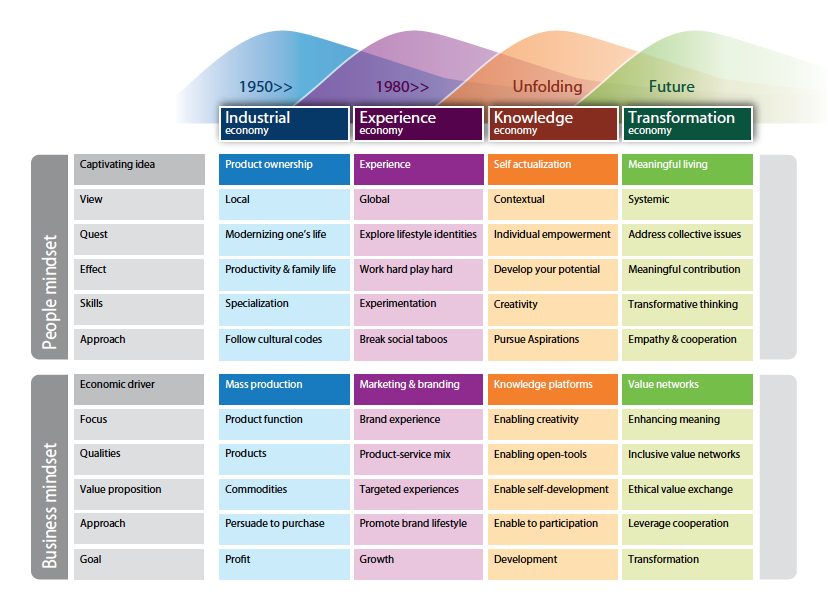Before you read this post you may find it useful to read – What do we mean by design?
So who designs? Everyone of course!
“Everyone designs who devises courses of action aimed at changing existing situations into preferred ones.” Simon (1996).
Design and social work and care professionals, to a certain extent, approach the design of situations in a similar manner. Donald Schon (1994) explained that many professionals work using spontaneous and largely unthinking actions that go hand in hand with a more conscious approach. This spontaneity Schon describes as ‘knowing in our action’ and a conscious approach ‘reflection-in-action’, or ‘knowledge in action’ – depending upon whether a person applies their sensemaking or theoretical knowledge (or both) to a situation.
Schon found that professionals tend to reflect-in-action when dealing with ‘situations of uncertainty, instability, uniqueness and value conflict’ and use their training and experiences of similar situations to respond. He also points out that reflective practice, whilst widespread, suffers from a lack of acceptance in many professional circles due to the perception that professionalism is identified with technical expertise (in whichever guise), and that reflection-in-action is not considered a form of ‘professional knowing’. And the negative aspect of this practice can be that professionals can think in rather specialised, narrow view, and can become selectively inattentive to particular phenomenon that do not fit with their categories of practice.
And what are we designing for?
Philips Design believes Western societies are moving from industrial economies to experience, knowledge and transformation economies. An overview of these categories and an explanation are provided in the image below (Brand and Rocchi 2011).
 From a design perspective some designers roles are changing as they engage with these new economic paradigms. A role that tended to be solely focused upon the making of things in the industrial economy, to one that is emerging as a facilitator, researcher, co-creator, communicator, strategist, capability builder and entrepreneur (Yee J et al. 2009). This has resulted in a challenge for designers in terms of how they are educated and trained ( Forlizzi and Lebbon 2002), and in some instances has resulted in designers becoming involved with human-centered methodologies (Badke-Schaub et al.), rather than being solely focused on the making of things. In such cases design can be said to be designing for experiences, the transfer knowledge and the transformation of how people contribute to society.
From a design perspective some designers roles are changing as they engage with these new economic paradigms. A role that tended to be solely focused upon the making of things in the industrial economy, to one that is emerging as a facilitator, researcher, co-creator, communicator, strategist, capability builder and entrepreneur (Yee J et al. 2009). This has resulted in a challenge for designers in terms of how they are educated and trained ( Forlizzi and Lebbon 2002), and in some instances has resulted in designers becoming involved with human-centered methodologies (Badke-Schaub et al.), rather than being solely focused on the making of things. In such cases design can be said to be designing for experiences, the transfer knowledge and the transformation of how people contribute to society.
Thinking about how the social services designs for people, I would guess that most people from this sector would identify more readily with the experience, knowledge and transformation economies. It could be said that aspects of an outcomes focused approach (Scottish Executive 2006), when designing systems, services, knowledge and interactions, align with human-centered designerly approaches.
So, if designers that apply human-centered design approaches and the social services workforce are both designing their working practice around and for individual empowerment and collective issues that affect communities, what skills, knowledge and benefits can these professions contribute to support this ambition?
Through these posts I aim to explore the application of design in the social care sector to think about synergies and differences between approaches and practice. Importantly I want to reflect on the outcomes of these approaches to the individuals and communities who are the focus of such work ,and would like to hear from others interested in this topic area too – so please follow this blog, receive RSS updates, and comment away!
References
Badke-Schaub et al. – http://www.designresearch.nl/PDF/DRN2005_BadkeSchaub.pdf
Brand R, Rocchi S (2011) Rethinking value in a changing landscape, a model for strategic reflection and business transformation, Phillips Design.
Forlizzi J. Lebbon C (2002) From formal to social significance in communication design, Design Issues, Autumn 2002, Vol. 18, No. 4, Pages 3-13.
Schon D (1994) The reflective practitioner, Ashgate Publishing Limited, USA.
Scottish Executive (2006) Transforming Public Services : the next phase of reform, p31.
Simon H (1996) The sciences of the artificial, MIT Press, USA.
Yee J. Tan L. Meredith P (2009) The emergent roles of a designer in the development of an e-learning service, First Nordic Conference on Service Design and Service Innovation, 24th-26th November, Oslo.